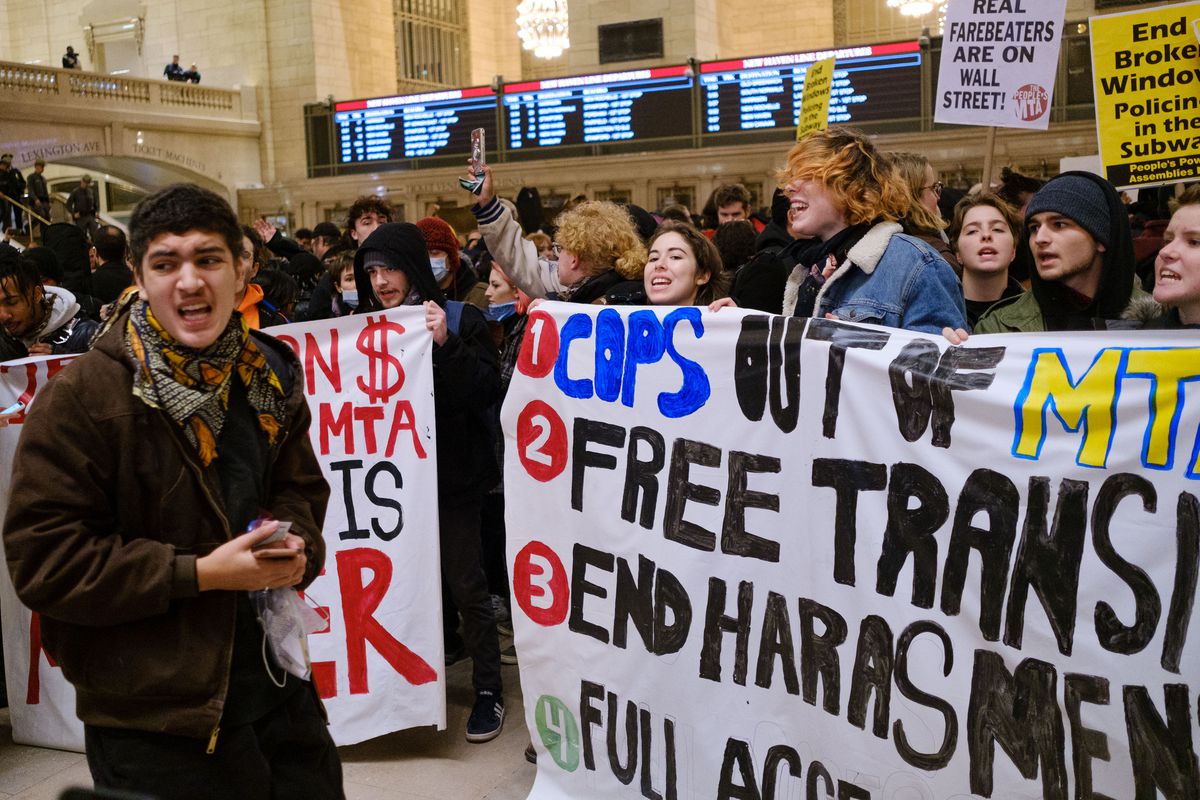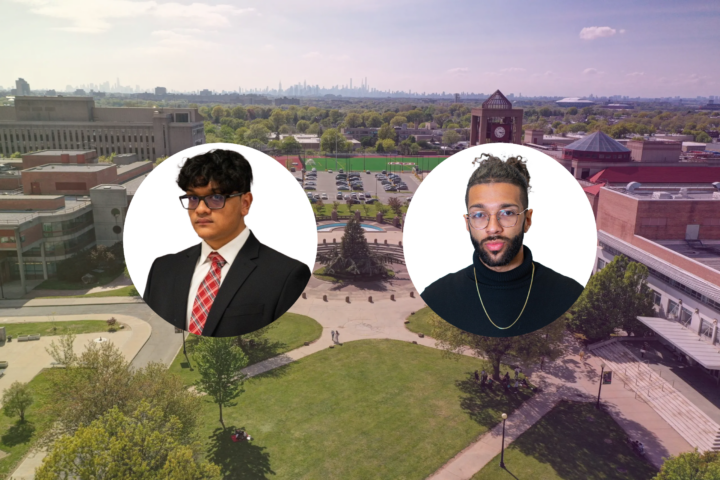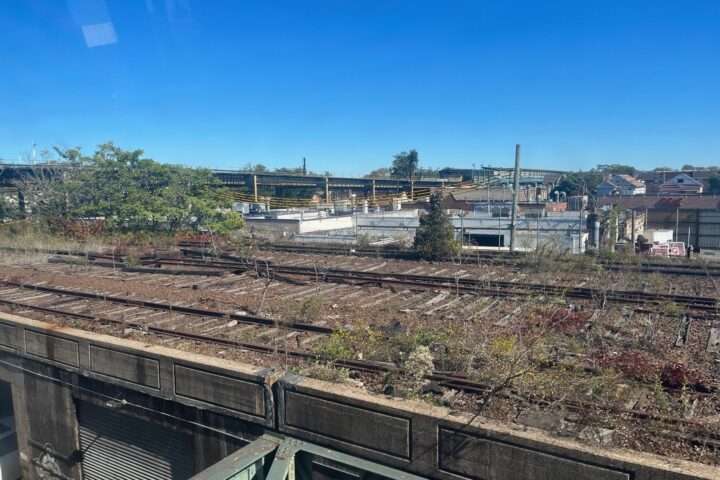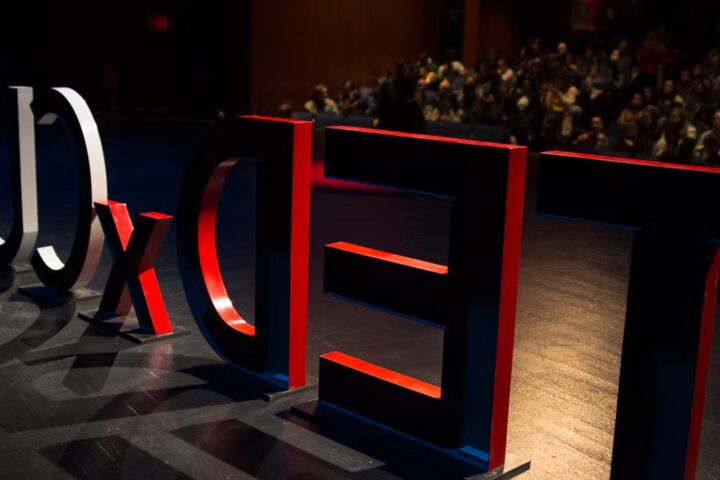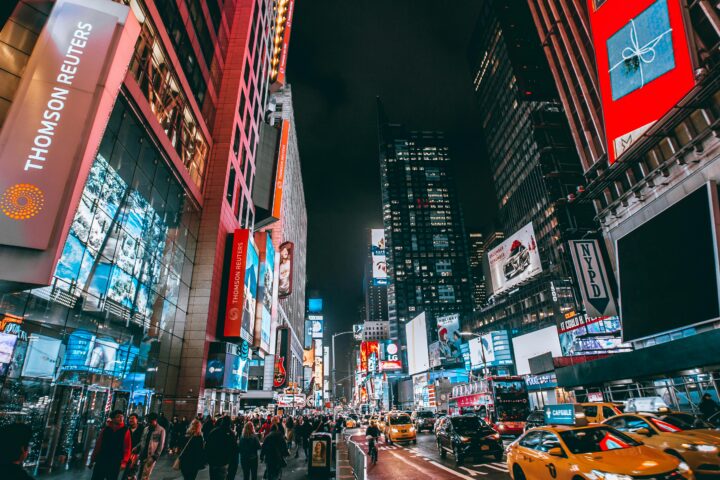Starting late January of this year, Grand Central Terminal and numerous subway stations across the five boroughs have been subject to mass protests. The sudden rage was sparked by increased police supervision within the MTA system.
On December 18th, 2020, Governor Andrew Cuomo instated that 500 state police officers be planted in subways. Costing the city $249 million dollars over the next four years, Cuomo hopes his plan will lower rates of fare evasion, homeless people in the subways, and assaults on MTA workers. In 2018, the MTA is said to have lost $215 million from fare evasion, and in 2019, there was a 23% increase in homelessness within subway stations. Even though these issues are in need of being resolved, opposers of the plan believe it will only work to facilitate more arrests of low-income people of color that use the transit system.
In response to Governor Cuomo’s plan, subway stations have been packed with MTA riders protesting this expanded policing. On Friday, January 31st, perhaps the biggest protest concerning this matter, took place at Grand Central Terminal. The Great Hall was filled to the brim with people holding signs and chanting. The signs had various messages on them, some calling for free transit and others calling for an end to police harassment not only within the stations. While these signs were relatively tame, many displayed anti-cop sentiment, reading: “F— THE POLICE.” The protesting led to the arrest of three people and the issuing of eight summonses.
Outside Grand Central Terminal and within the subway stations, protesters have again not held back from making their voices heard. Subway walls have been sprayed with graffiti, reading phrases like, “F— YOUR $2.75” and “COPS OUT”. While this type of vandalism isn’t necessarily harmful to anyone, it has seemed to invoke even more chaotic damage to the subway system. Two vandals were caught on camera setting a trash can on fire and breaking the glass windows of a subway station on 96th Street. Others have focused their attention on ensuring that the MTA doesn’t receive the fare it’s asking for. Glue has reportedly been poured into MetroCard readers at one subway station, so as to prevent card swiping. Another station was met with toothpaste squeezed across all its OMNY systems, which are scanners that allow riders to pay their fare through their mobile wallets or credit/debit cards.
The MTA stated that during the first two weeks of February, destruction caused by protesters wound up costing approximately $100,000. Mayor Bill de Blasio weighed in on the protests, saying,“I think a lot of people were repulsed, I certainly was one of them”. Regardless of the backlash, MTA officials stand firm in their belief that the transit system would not be able to maintain itself without rider fares. Senior VP of Subways Sally Librera said, “If we were not to charge fares we would have to come up with billions of dollars in order to support the system”.
A Queens College student who prefers to remain anonymous said, “I jump the turnstile a lot, actually. I think to some people $2.75 may not seem like a lot, but when you’re taking the subway back and forth from home every day, it adds up fast. Subway policing just seems like another tactic to criminalize the poor, and as of right now, it’s definitely done more harm than good”.
It’s fair to say that in many cases the protesters have gone too far, but the concept of free transit is still something worth toying with.


